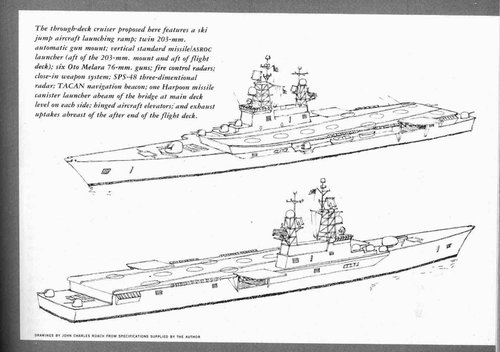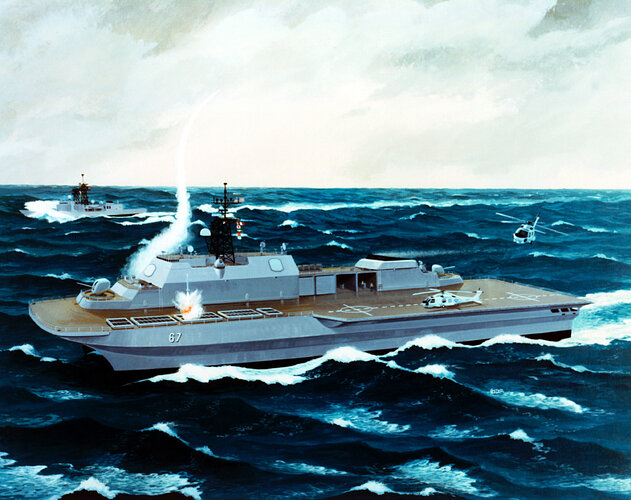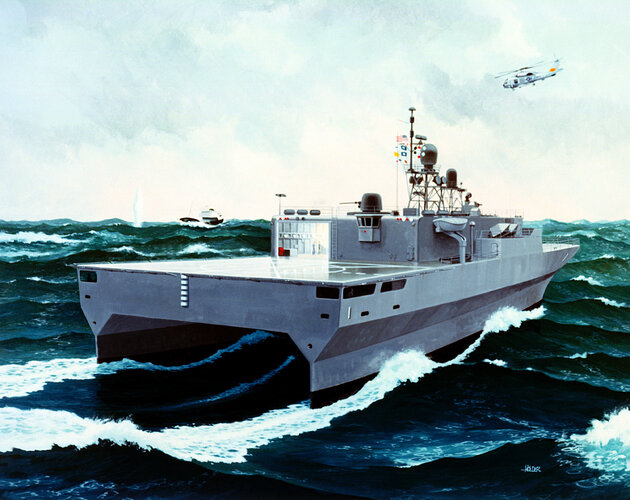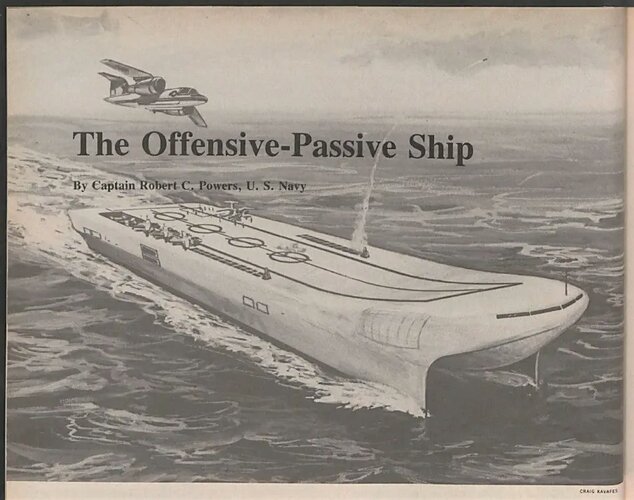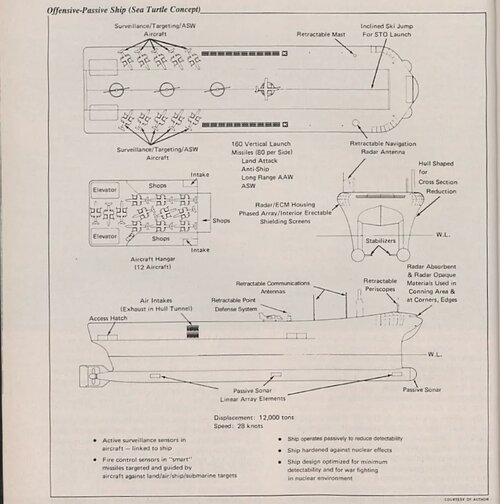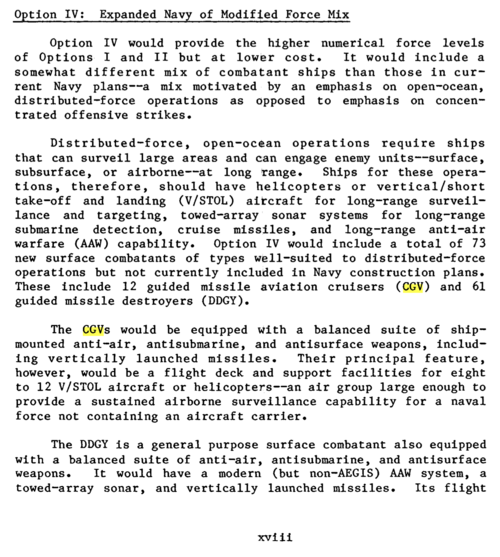Firefinder
ACCESS: Top Secret
- Joined
- 5 October 2019
- Messages
- 1,041
- Reaction score
- 1,887
Honestly it doesn't matter how good you tech is if the crew is untrain on it.
Thisgoes for all branches.
If the bridge crew doesn't know their rear from their mouths, or just so over worked where that may as well be the case...
*look at 2017 crashes*
Everyone is buying good but EXTREMELY EXPENSIVE GEAR and cutting training to pay for it. Then for the USN you have ships coming apart cause they cant get basic maintenance due to being over worked.
The USN been on war time tempo for nearly 20 years and is on a peacetime budget.
That is leading to lost of people and increasing accidents.
Some of it can be solve done by the Admirals telling congress no we cant do it instead of we can. The navy spread too thin as is and they want to do more. There are limits people.
Other can be done by redoinv the budget.
Another thing is culture. All branches have toxic cultures/mafias that need to die. Seriously half the burkes have no antiship ability because why?
Oh eyeah thats the carrier job. What can go wrong?
*think of the number of times a carrier got hit or missile kill itself to fuck ups*
Or how many burkes are operating alone.
The fact that the navy had to be forced to get the LRASM is something stupid.
But eyeah things need to change.
Thisgoes for all branches.
If the bridge crew doesn't know their rear from their mouths, or just so over worked where that may as well be the case...
*look at 2017 crashes*
Everyone is buying good but EXTREMELY EXPENSIVE GEAR and cutting training to pay for it. Then for the USN you have ships coming apart cause they cant get basic maintenance due to being over worked.
The USN been on war time tempo for nearly 20 years and is on a peacetime budget.
That is leading to lost of people and increasing accidents.
Some of it can be solve done by the Admirals telling congress no we cant do it instead of we can. The navy spread too thin as is and they want to do more. There are limits people.
Other can be done by redoinv the budget.
Another thing is culture. All branches have toxic cultures/mafias that need to die. Seriously half the burkes have no antiship ability because why?
Oh eyeah thats the carrier job. What can go wrong?
*think of the number of times a carrier got hit or missile kill itself to fuck ups*
Or how many burkes are operating alone.
The fact that the navy had to be forced to get the LRASM is something stupid.
But eyeah things need to change.

